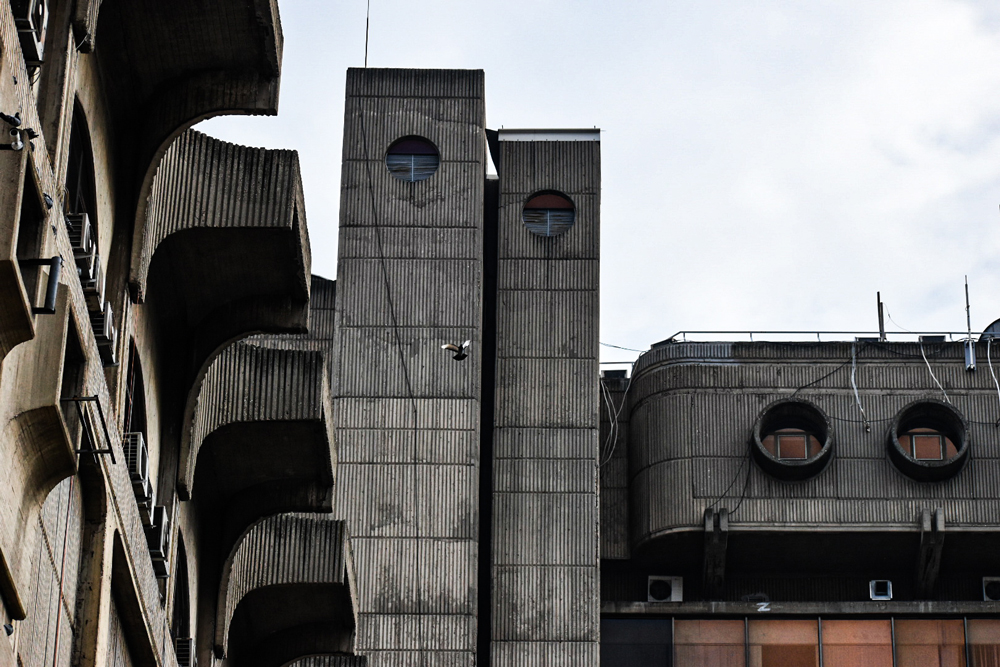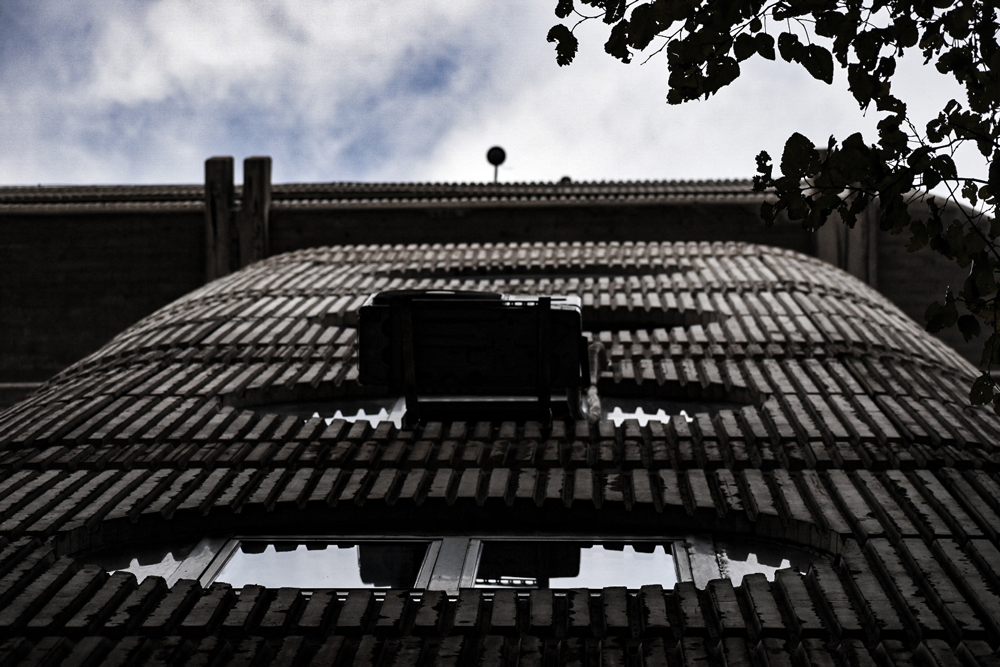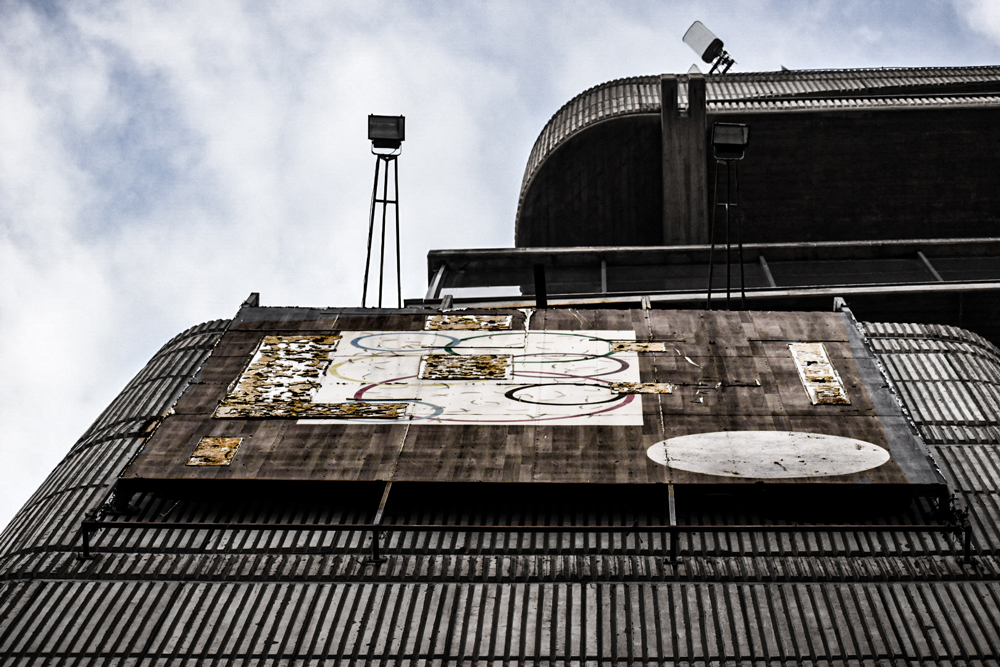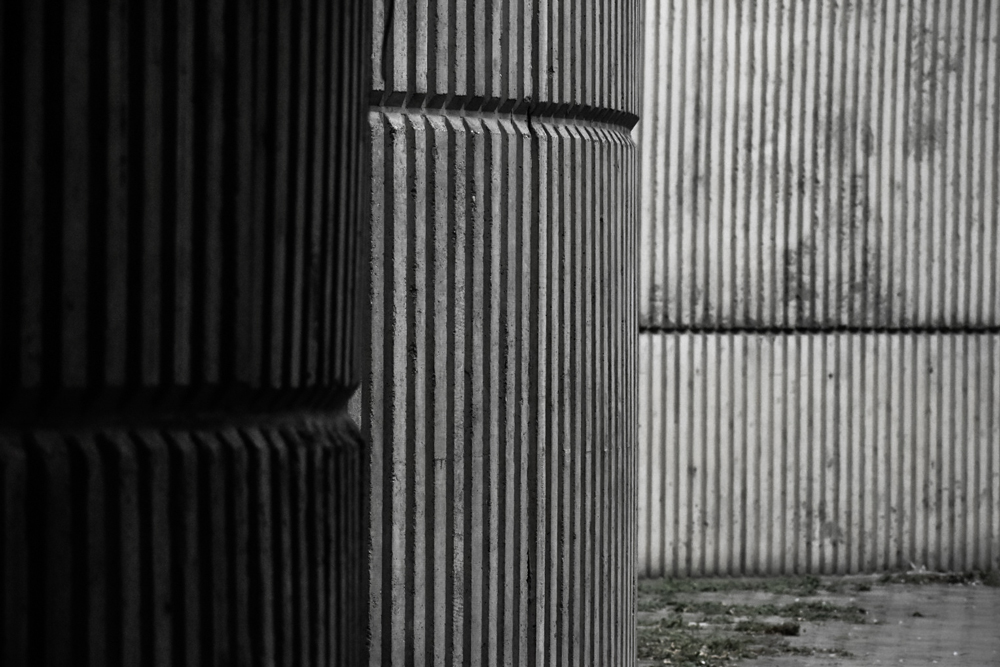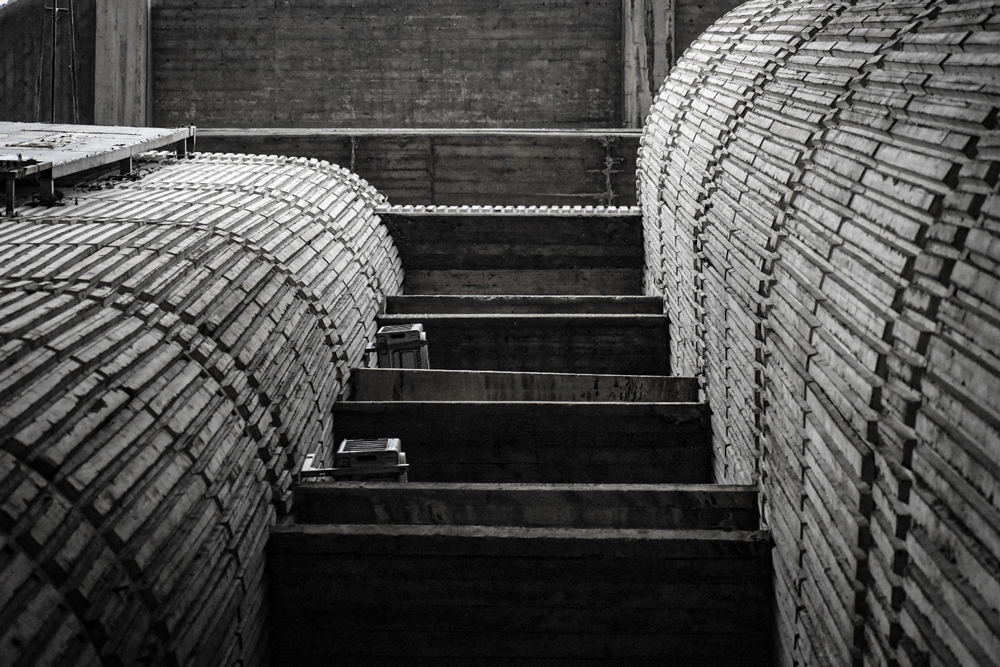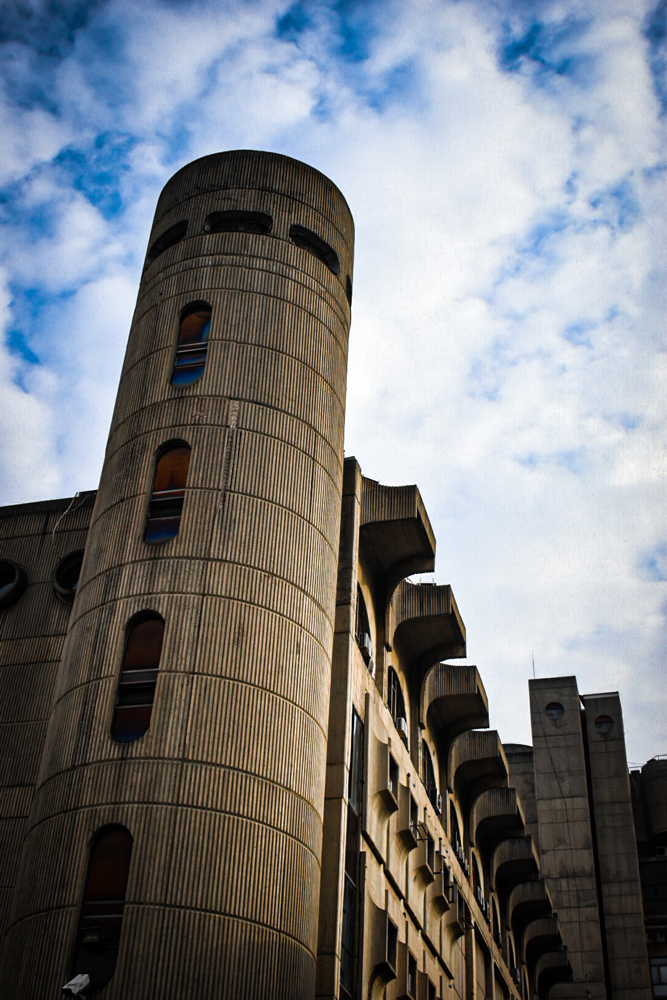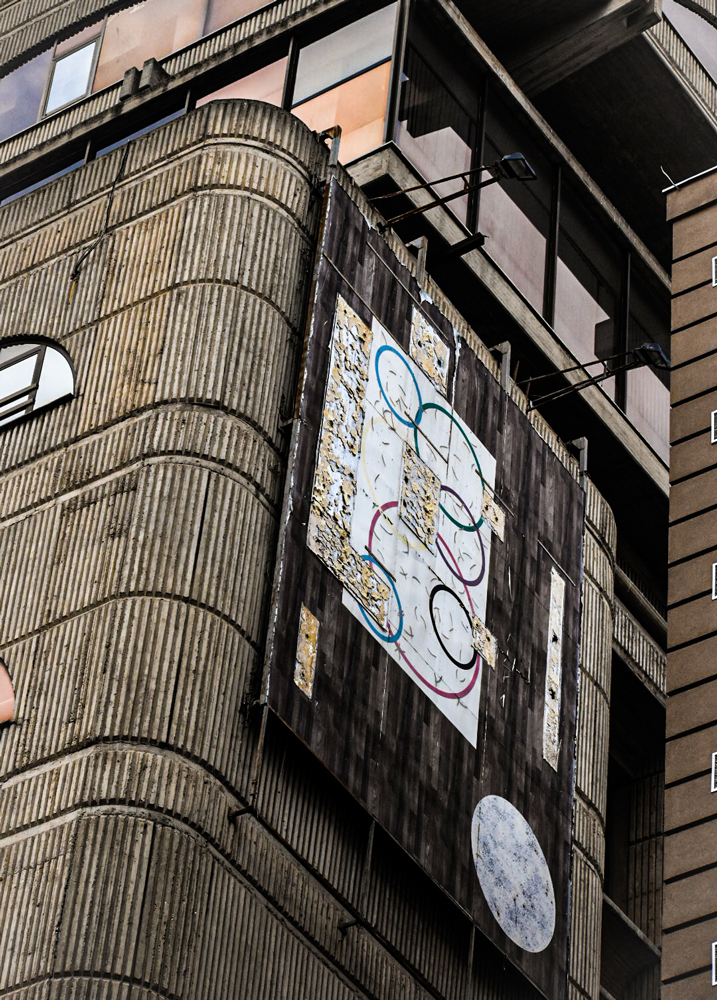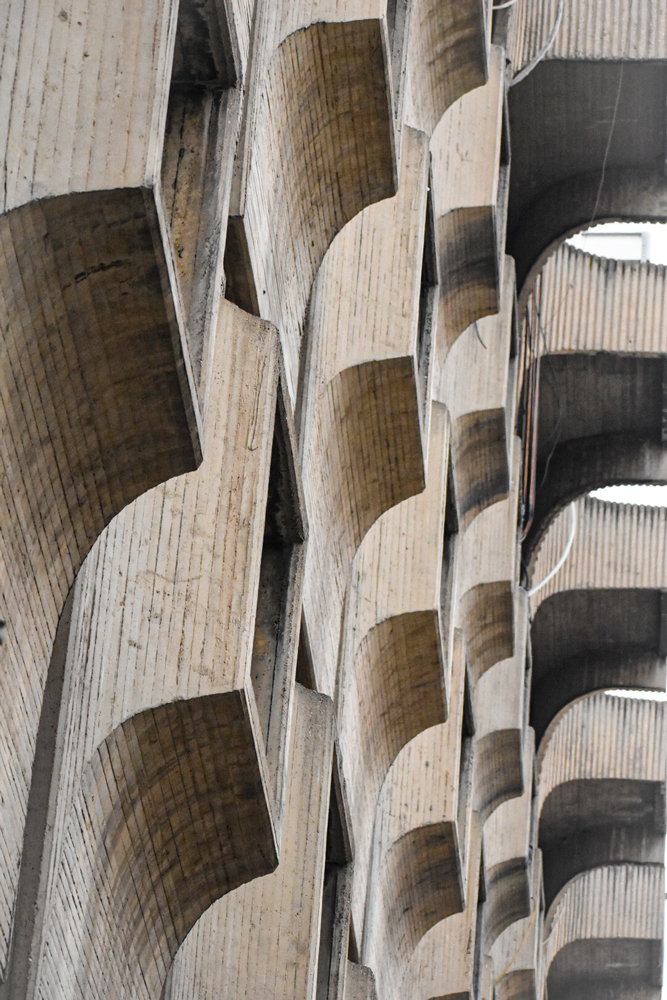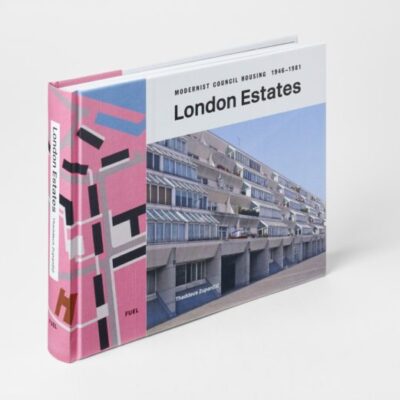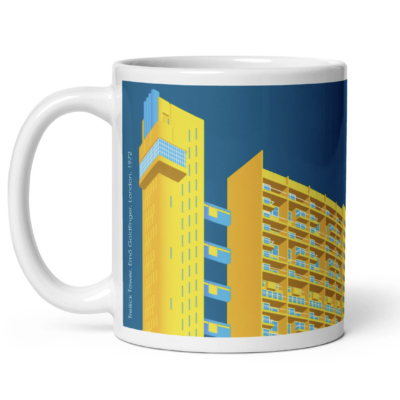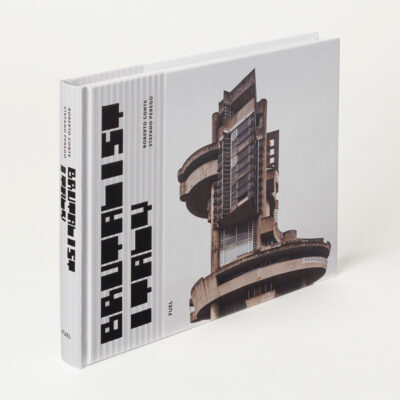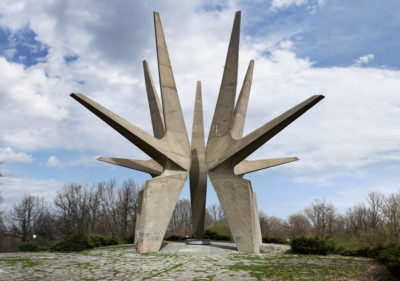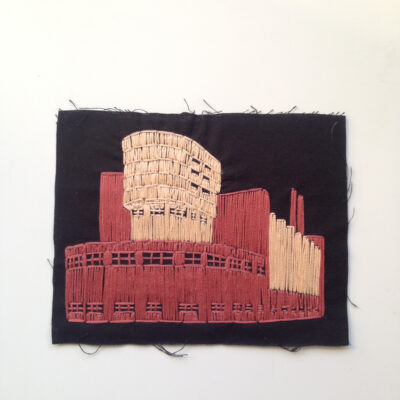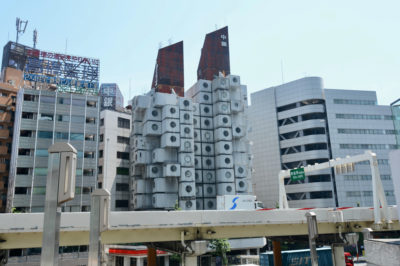Skopje
By Greyscape
12th January 2021
It was an earthquake that brought Japanese architect, Kenzo Tange to Skopje.
The city almost disappeared under the weight of the July 1963 disaster. More than 1000 men, women and children died and several thousand were injured. Unsurprisingly, the virtual collapse of Skopje caught the world’s attention. One of the earliest foreign journalists to arrive in the stricken city recalled it looking more like a victim of a bombing campaign.
What, to this day makes Skopje endlessly fascinating to fans of architecture and brought photographer and videographer Sam Leijenhorst to the city is the opportunity to experience a city with Kenzo Tange’s fingerprints on it and the manifestation of a project conceived when world politics seemed to be spiralling out of control. The eyes of the world were on the project – here was a ray of light against a backdrop of the Cold War and the Cuban missile crisis, a place perhaps the only place where there was meaningful cooperation between East and West.
Almost immediately the Yugoslav government was flooded with offers of know-how and international aid from 78 countries. Field hospitals and temporary homes were set up for the more than 150,000 people who were immediately homeless. The magnitude of the disaster meant that a year later there were still huge numbers living in unsatisfactory conditions, many still in tented cities and prefabricated temporary homes and much of the infrastructure beyond repair.
A 1964 meeting in the resort lakeside town of Ohrid brought together a group who had formed within weeks of the disaster comprising of representatives of the communist Yugoslav government and international experts to create a plan for the decimated city. Doxiadis Associates were named the contractor of the future project to rebuild Skopje. The UN together with Tito’s Yugoslav government named Adolf Ciborowski who had overseen the reconstruction of Warsaw, to supervise the rebuilding project together with Stanislaw Janowski. By the end of the year, a plan was in place.
The UN with UNESCO funded an invitee-only international competition to create the Masterplan for Skopje. Four international and four Yugoslavian firms were invited to take part, early in 1965. Kenzo Tange’s design won and the runners up were Yugoslav architects Radovan Mischevik and Fedor Wenzler, the plan was agreed formally on the 16th November 1965. Ultimately the teams came together, Tang was allocated 60% of the prize money and the local architects 40% from the UN Special Fund. A stellar lineup of architects and urban planners including Jaap Bakema and Janko Konstantinov worked on the project which took almost 25 years to complete. A second reconstruction project took place in 2014, after independence.
Sam Leijanhorst, creator of Long Way to Tokyo took a series of photos of Skopje in 2019. The second renovation of the city in 2014 has been a deliberate attempt to insert into the architecture of the city a historical narrative. Sam observes that it mixes with the brutalist architecture ‘neoclassical buildings to reflect the ancient Macedonian connections. These two (styles) now overlap one another, making for an interesting hybrid city’.
Janko Konstantinov’s Post Office and Telecomunications Centre for the city which was built between 1974 and 1989 and the Goce Delčev student dormitory.
Photo Credits: Sam Leijenhorst




